Butterflies are among the most beautiful insects there are. With their colorful wings and eye-catching patterns, butterflies are true head-turners. But there is more to butterflies than just their pretty aesthetics. That’s what this article seeks to discuss.
What is fascinating about butterflies? Here are just some of them:
- Butterflies taste with their feet.
- The butterfly got its name from its poop.
- Butterfly wings are transparent.
- Butterflies employ tricks to avoid being eaten.
- Butterflies are nearsighted but can see colors.
- Butterflies often live just a few weeks.
- A newly-emerged butterfly can’t fly.
- Butterflies can’t fly if they’re cold.
- Butterflies drink from mud puddles.
- It’s really easy to attract butterflies to your garden.
- Butterflies live on an all-liquid diet.
- Butterflies glue their eggs on leaves.
- There are about 165,000 species of butterflies.
- Monarch butterflies migrate.
With the enumeration above, there’s no denying that butterflies are unique. But that’s just the tip of the iceberg. Continue reading if you want to know more about these magnificent creatures.
Table of Contents
14 Fascinating Facts About Butterflies
1. Butterflies Taste With Their Feet

While butterflies do have mouthparts, they do not have tongues that allow them to taste food. The question is – how do they know what’s edible and what is not? The key lies in their legs and feet.
Butterflies are born with contact chemoreceptors located on their legs. Otherwise known as taste receptors, these chemoreceptors are connected to nerve endings that help relay information to the brain.
Once the butterfly touches a plant with its legs, the chemicals present in the plant come in contact with the nerve endings, which then inform the brain as to which chemicals are present. As a result, this helps the butterfly determine whether what’s available is food or not.
So, the next time you see a butterfly landing from one flower to another, know that it is getting a taste of what that flower has to offer.
2. The Butterfly Got Its Name From Its Poop
There are several theories as to how the butterfly got its name. Some believe that it is because most butterflies come with yellowish butter-like wings. In some cultures, they believed that butterflies stole butter – such as in Low Germany where the term for butterfly is “botterlicker,” which translates to “butter licker” or “butter thief.”
But perhaps the most famous name origin story of the butterfly is that it got its name from its poop. Butterfly feces, otherwise known as frass, has a butter-like appearance. As such, Dutch scientists who made the discovery referred to the insect as “boterschijte” from the words “boter” or “butter” and “schijte” or “shitter”. Hence, “boterschijte” translates to “butter shitter” – and it is a word that’s still used to refer to the butterfly in West-Flemish areas.
3. Butterfly Wings Are Transparent
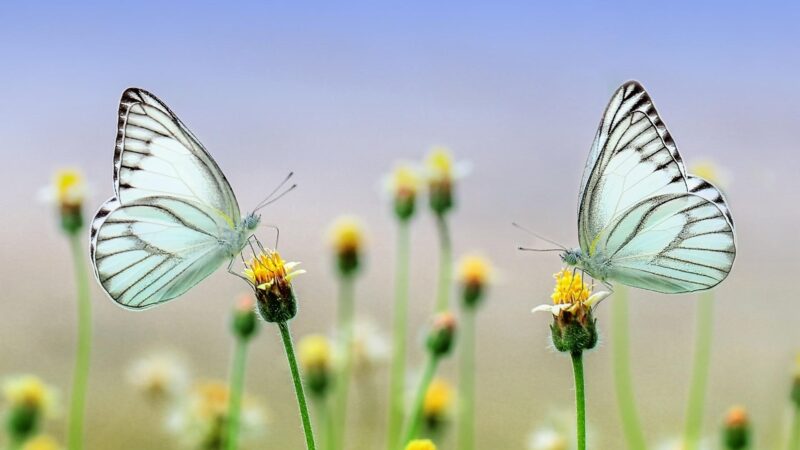
This fact may come as a surprise – we can all see a butterfly’s colorful wings. To help you understand how that’s possible, you have to look into the anatomy of a butterfly’s wing.
A butterfly wing is made up of layers of chitin, a protein that’s also the primary component of an insect’s exoskeleton. Interestingly, chitin is so thin that you can see right through layers of it. However, a butterfly’s wing is also covered in tiny scales. These scales reflect light, and that’s why a butterfly’s wings look so colorful.
When a butterfly reaches adulthood, it loses its scales as it grows older. This exposes the layer of chitin under its scales. That’s why you also come across butterflies with semi-transparent wings.
4. Butterflies Employ Tricks to Avoid Being Eaten
Aside from being beautiful creatures, butterflies are also quite smart. They are among the few insects known to trick their predators to avoid being eaten.
One of the ways butterflies tricks their predators is through their colorful wings. Butterflies have evolved to have wings with various patterns. Some even have eye-like patterns that make them appear bigger, which helps scare their predators away.
Aside from the colorful patterns, some butterflies have wing patterns that look like fallen leaves or tree trunks. As such, they merely open their wings, which allows them to camouflage with their surroundings. Particularly, the Kallima butterfly is known to fall and pretend to be dead, allowing it to blend with fallen leaves and be left alone by predators.
Also, poisonous butterflies use their wing markings to warn predators. In this case, when a predator eats a poisonous butterfly, they remember the wing and color patterns. This allows them to avoid them in the future. Other butterflies having the same patterns also benefit from that fact.
5. Butterflies Are Nearsighted but Can See Colors
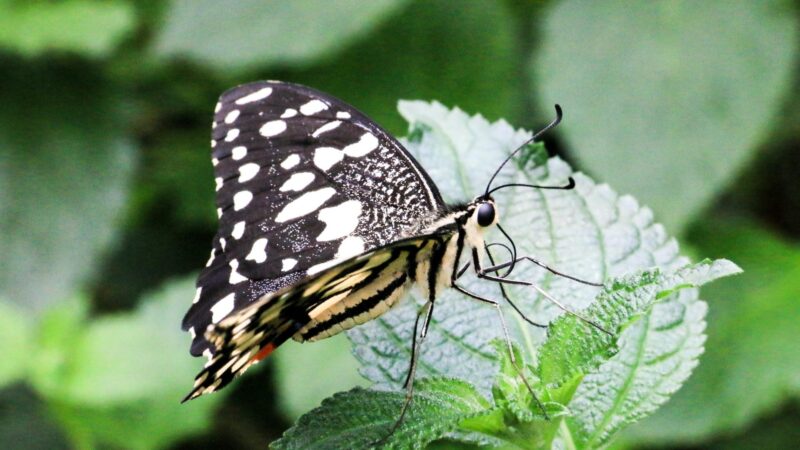
Butterflies, like most insects, have compound eyes. While it appears like they have two large eyes, each eye is composed of multiple smaller eyes – each with its lens, a rod, and three cones.
As a result of their eye anatomy, butterflies cannot assess depth and distance, making them quite nearsighted. But despite that, they see a wide range of colors – including ultraviolet colors that human beings cannot see. This allows them to navigate through nature, especially since flowers have ultraviolet markings and patterns – so butterflies know which ones to pollinate.
6. Butterflies Often Live Just a Few Weeks
This may come as a surprise, but butterflies only live for just a few weeks. That is, the butterflies that you know are the adult winged insects that emerge from the cocoon. But the entire lifespan of a butterfly – from the egg to adulthood often spans months.
To illustrate, a butterfly egg lasts between 3 to 7 days before it hatches. Once they hatch, the larva or caterpillar enters the feeding stage, where it spends most of its time eating to prepare for its time in the cocoon. This stage usually lasts around two weeks.
Once they have eaten their fill as caterpillars, they will position themselves upside-down under a twig or branch and create a cocoon. This lasts for around 5 to 21 days, depending on the butterfly species.
Once the imago or adult winged butterfly is ready to emerge, it usually lives for around two weeks.
However, this is merely a generalization. Some butterfly species, such as the Brimstone butterfly, have an adult life of around 10 to 13 months. This is after its initial stages from egg to cocoon that lasts for around 50 days.
Related: How Long Do Butterflies Live? | All You Need to Know!
7. A Newly Emerged Butterfly Can’t Fly
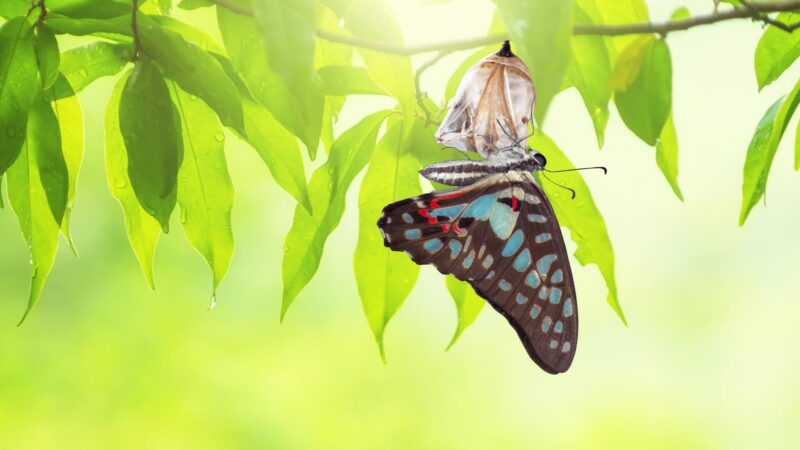
If you notice a butterfly being unable to fly immediately after emerging from the cocoon, don’t panic. This is completely normal.
After the eclosion process or the process of emergence from the cocoon, a butterfly’s wings are often folded and wrinkled. They have to expand it and dry it to prepare it for flight.
Fortunately, this process of expanding the wings for flight only takes around an hour or two. After which, the new butterfly is ready to soar and explore its surroundings.
8. Butterflies Can’t Fly if They’re Cold
Butterflies are a summertime staple. There’s a reason why you don’t see them once the temperature drops. This is because butterflies are unable to fly if they feel cold.
Cold-blooded insects such as butterflies cannot regulate their body temperature. So when the temperature drops, they also start feeling cold. Unfortunately, when the temperature becomes too cold for them, a butterfly might even freeze to death.
With that said, butterflies are most active when the temperature is between 80 and 100 degrees Fahrenheit. If the temperature drops lower than that, then its body signals the butterfly that it’s time to hibernate.
9. Butterflies Drink From Mud Puddles
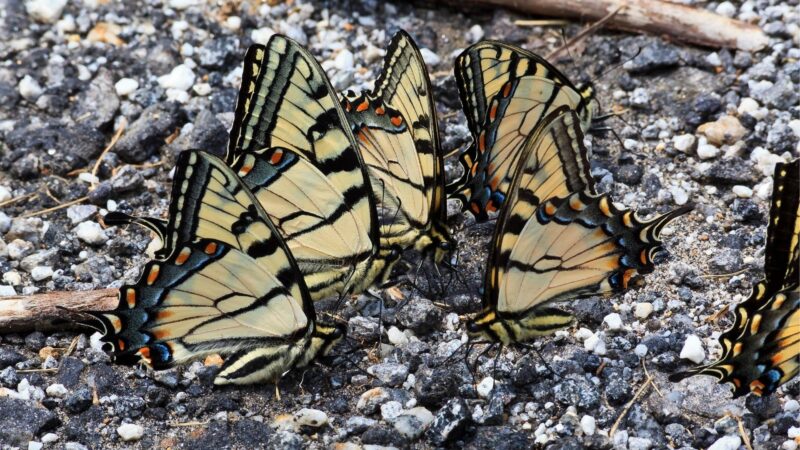
When you think of butterflies, you often imagine them flying gracefully and depending solely on a diet of nectar and other sweets. That’s why it’s quite surprising to know that butterflies would often drink from mud puddles.
It has been observed that butterflies do not get all the nutrients they need from nectar alone. They also need to stay hydrated and often get that from mud puddles.
Additionally, these puddles have nutrients and minerals from the soil, such as salt and amino acids. Butterflies need these, particularly the males when it comes to their reproduction.
10. It’s Really Easy to Attract Butterflies to Your Garden
Butterflies are attracted to sweet-smelling plants and trees, as well as bright colors. If you want to attract butterflies to your garden, you may want to consider planting sunflowers, lavender, aster, and butterfly bush. As for trees, butterflies love the smell of cherries, apples, apricot, and plum, among others.
11. Butterflies Live on an All-Liquid Diet
Butterflies may have mouthparts, but they may not be how you imagine them to be. Instead of an average oval-shaped mouth, butterflies have a tube-like mouthpart. This makes it perfect for sucking nectar and mud water.
Because of this unique mouthpart anatomy, butterflies are unable to chew and eat food that is not in liquid form. That is how they live on an all-liquid diet.
12. Butterflies Glue Their Eggs to Leaves
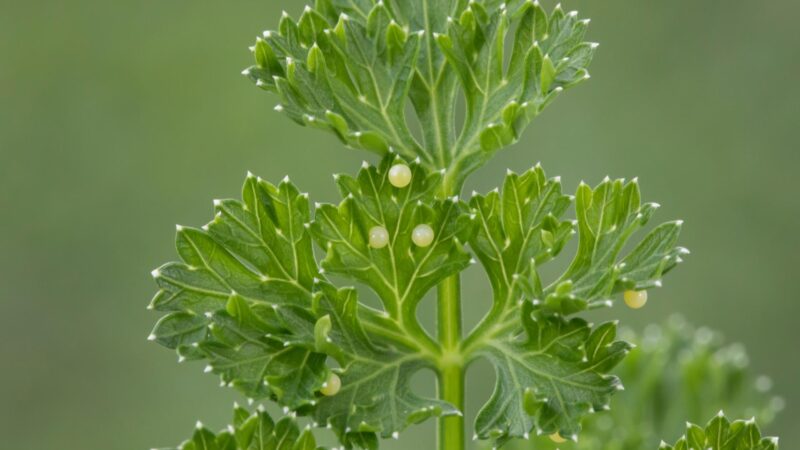
It has been observed that mothers throughout the animal kingdom will do anything to protect their young. The same is true for butterflies.
Instead of creating a nest for their eggs, butterflies prefer to glue their eggs to leaves. The female butterfly secretes an adhesive-like substance that helps stick the eggs to the leaves. These leaves will then serve as food for the newly-hatched caterpillars.
13. There Are About 165,000 Species of Butterflies
Another interesting fact about butterflies is that there are currently 165,000 different species of butterflies known to exist. These vary in size, color, and pattern, and this goes to show how truly diverse butterflies are. Regardless of their differences, all of them are undoubtedly beautiful.
14. Monarch Butterflies Migrate
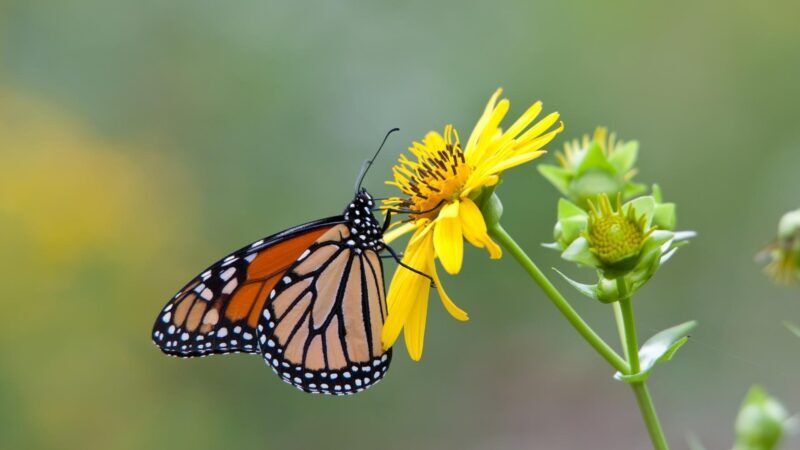
There are around 165,000 species of butterflies known to exist. Out of these species, the Monarch butterfly is known for one unique trait – it is a migratory butterfly.
In an earlier discussion, it has been established that butterflies cannot fly when it’s cold. That’s why they are known to hibernate throughout late fall and the rest of the winter. But this is not the case for the Monarch butterfly.
The Monarch butterfly has been observed to migrate to places with warmer temperatures once the fall months kick in. It has been recorded that they can travel up to around 3,000 miles just to escape the cold. This is quite an impressive feat for a tiny winged insect.
After all this discussion, there’s no denying that butterflies are quite fascinating. From the taste receptors on their feet to their impressive defense mechanisms, you begin to realize that they’re also quite smart. The fact that they’re so colorful makes them one of the most beautiful creatures out there.
List of Sources
Butterfly Rainforest Moment, How do they taste? (2020). Florida Museum.
Rutowski, R. (2006). What a Butterfly Sees. National Science Foundation.
Why butterflies are beneficial to the environment. (2018). Good Living.
All About Butterflies. University of Kentucky College of Agriculture, Food and Environment.
Butterflies. (1996). Smithsonian Institution.
